I went to Haiti in November with my friends, Antoine, a native Haitian, and his partner, Denise. They operate a grass-roots non-profit organization called the Bellot-Idovia Foundation, named after Antoine’s grandparents. We stayed a few days with relatives of Antoine in Port-au-Prince before heading north to the small island of La Tortue, (La Torti in Creole). In Port-au-Prince we visited the National Museum, which is a mausoleum for several of the heroes of the struggle for Haitian independence. We also walked past the Presidential palace, which later completely collapsed during the earthquake. The 45-minute plane ride to Port de Paix showed me clearly the extent of deforestation and soil erosion across the country. Deep gullies started in the bald mountains and fanned out to become wide swathes on the coastal plains – conduits for eroded top soil. At Port de Paix we boarded a 30ft sail boat to La Torti. It was a poignant journey for Antoine, as he was going back to his home town. The high-point for me was the a capella renditions of Haitian hymns and folk songs as we glided over the deep blue Caribbean water.
|
I am sure you are all aware of the recent disaster in Haiti and mourn the loss of so many people. As far as I can tell, all the friends I made in Haiti are safe and well, even if homeless and sometimes hungry. However, the international solar community also suffered a great loss when Walt Ratterman perished in the collapse of the Montana Hotel. Walt was a solar hero, traveling to such remote locations as Tibet, Burma and Rwanda, installing systems and spreading the solar gospel. I respectfully dedicate this report to his memory. I went to Haiti in November with my friends, Antoine, a native Haitian, and his partner, Denise. They operate a grass-roots non-profit organization called the Bellot-Idovia Foundation, named after Antoine’s grandparents. We stayed a few days with relatives of Antoine in Port-au-Prince before heading north to the small island of La Tortue, (La Torti in Creole). In Port-au-Prince we visited the National Museum, which is a mausoleum for several of the heroes of the struggle for Haitian independence. We also walked past the Presidential palace, which later completely collapsed during the earthquake. The 45-minute plane ride to Port de Paix showed me clearly the extent of deforestation and soil erosion across the country. Deep gullies started in the bald mountains and fanned out to become wide swathes on the coastal plains – conduits for eroded top soil. At Port de Paix we boarded a 30ft sail boat to La Torti. It was a poignant journey for Antoine, as he was going back to his home town. The high-point for me was the a capella renditions of Haitian hymns and folk songs as we glided over the deep blue Caribbean water. We stayed in the port town of LaValle with Antoine’s sister, Therese, who after living many years in the US, has moved back to the island to help the local people and to re-establish her father’s abandoned farm. As soon as we arrived, Antoine threw himself into the task of meeting with local organizations, finding out what help the islanders needed and generally, being available to anyone who wanted to talk. During the three weeks we spent on La Torti we visited four schools, all private, and we were surprised to find out that 50% of the island’s children did not go to school, mainly because the $60 per year school fees were beyond the means of their parents. We resolved there and then that Bellot-Idovia would sponsor some children’s school fees in the future. Now that I’m giving you some facts and figures, let me give you some more…….La Torti is 36kms long by 9kms wide, it has a population of 63,000 souls, there is not one policeman on the island and violent crime is almost unknown. La Torti used to be completely covered in lush forest and be self-sufficent in food production. Now, it’s mostly bare and imports much of its food. The islanders have many problems including poverty, unemployment, severe soil erosion, restricted access to clean drinking water, lack of educational opportunities and no access to credit, but they are left to fend entirely for themselves. There are no outside NGOs operating on the island and for all intents and purposes, it can be considered a “government-free zone”. We met with several local organizations that are attempting to address the aforementioned problems. One of the main concerns is the “Ravine”, which runs from the bowl-shaped valley behind the town and in times of heavy rain, concentrates the downpour to produce surges of floodwater that can sweep away people and houses. I recently became interested in mitigating soil erosion and took a few hikes into the upper watershed to see what could be done. As a newly-minted “expert” in soil erosion, I believe that small scale floodwater diversion in the upper watershed can prevent the accumulation of destructive volumes of water reaching LaValle. Next year I hope to do a pilot project demonstrating the diversion techniques. Another issue brought up by the local groups again concerned water, but this time, potable water. The area around LaValle is blessed with several sources of fresh water, the most important being La Sous, an hour-long hike from the town itself. It would be wonderful to bring this very pure water down to LaValle, but because the pipe would have to traverse many separate properties and follow the Ravine, but not be swept away by the flood, I couldn’t see a way to do this. For the moment, people will have to continue to use the wells in town, which, since they are within 200 meters of the shore, have a somewhat salty taste. In visiting several other wells and springs, we were disappointed to see so much laundry being done right next to the source, so much chlorine being used with the bottles discarded right there and cows being watered from the same source as humans. Antoine hopes in the future to pipe water down from the well at Tijonasse to serve the community of Nan Grisgris. (I include this last sentence just so I can show you the cool place-names on the island! Both people and places have great names in Haiti). The most concrete achievement of our visit was the installation of a small solar electric system on the clinic in LaVallee. Through me, Bellot-Idovia purchased the two panels and two batteries in Miami and had them shipped to Port de Paix. Since the previous panels on the clinic were stolen, we were determined that it wouldn’t happen again. I went by sailboat to Port de Paix and had a metal frame welded up that allows the panels to be padlocked in place. The installation of the batteries, control equipment and hookup to the existing AC wiring was an easy matter and gave me an opportunity to do a hands-on PV class, following from the two I had previously given. I did the trainings in French, which was a stretch, but it has rekindled in me the desire to finally dominate the language, as we say en francais! The clinic has an examination room, a maternity room, a waiting room and storeroom. All now have a light and functioning plug outlet. We hiked all over the dry, deforested western end of the island, close to La Vallee. The land rises steeply from the coast up to a plateau, where due the volcanic origins of the rocks, the soil can be quite fertile. However, water is scarce and agriculture is often on a subsistence level. The unusual (for those of us from places with strong property rights!), form of land tenure in Haiti has led to very small subsistence farms, much sub-divided between off-spring and has mitigated against stewardship of the soil and natural resources. The government owns most of the land and many people just squat on it, but without any incentive to improve it. Thus we come to one of the most serious crises facing Haiti and La Torti in particular, namely deforestation. The once verdant island, is now severely deforested and becoming more so every day. As the population increases, new fields are opened up on steeper and steeper slopes. A typical scenario involves clearing the land of all vegetation, converting the large trees into charcoal and planting a cash crop such as peanuts. The charcoal, exported to mainland Haiti, provides a cash injection at the beginning, but it is still not enough to ward off hunger during the planting season in November and December. Unfortunately, La Torti faces one crisis after another. Having escaped the worst ravages of the recent earthquake, La Torti is now hosting many people who have fled Port-au-Prince in search of a safe location where the basics of life might be available. Therese is reportedly feeding 100 people per day from her own kitchen. Thus, as I sit here in a small town in Tanzania, listening from a distance to local people singing hymns, they remind me of that first sailboat trip to La Torti, and my heart goes out to the poor and displaced people of Haiti. As the weeks go by and other news stories replace Haiti in the headlines I appeal to you to sustain your interest and continue giving to organizations that are doing such great work there. I recommend giving to Partners In Health, co-founded by Paul Farmer and to the Bellot-Idovia Foundation, both of which can be found on the web.
0 Comments
|
Archives
March 2017
Categories
All
|

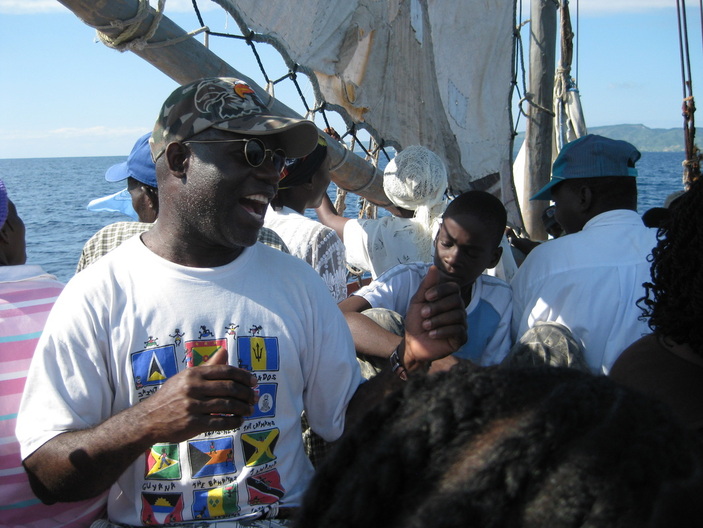

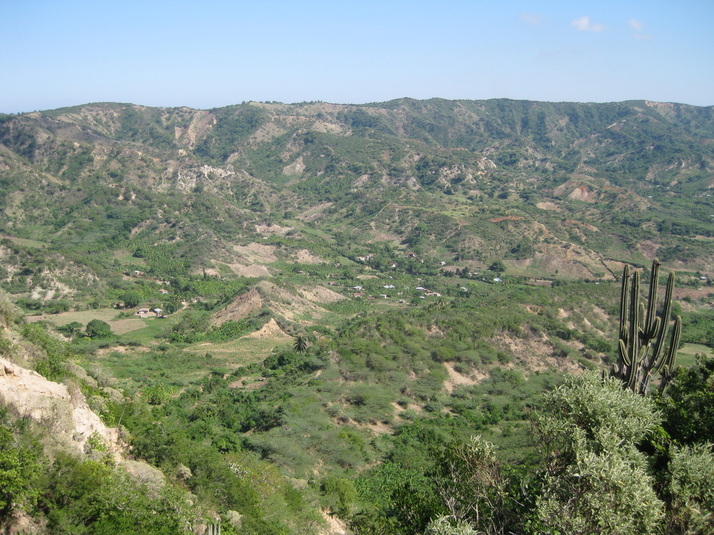
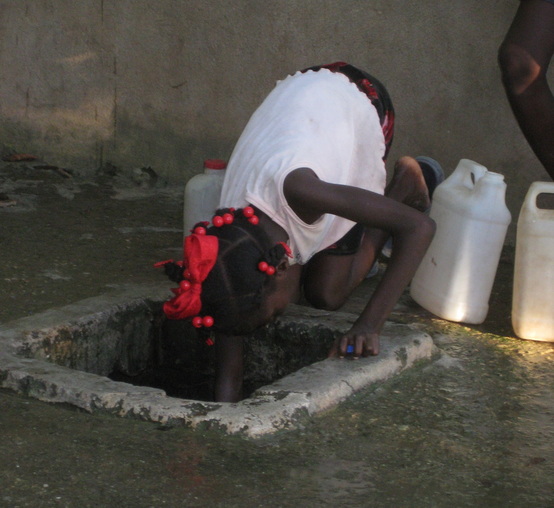
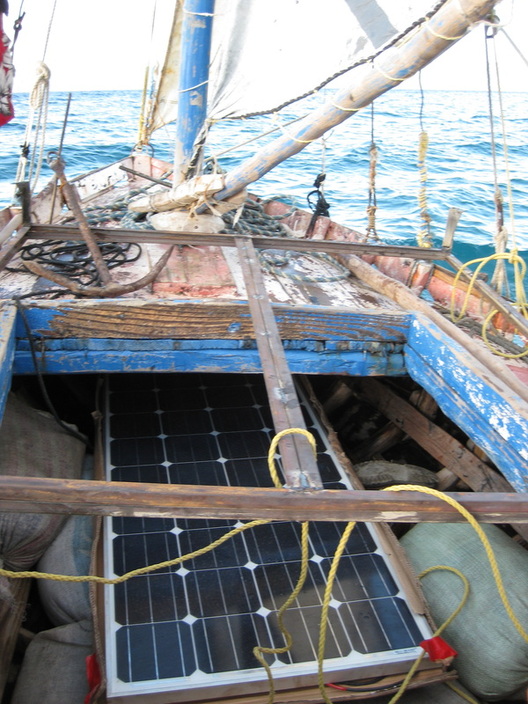
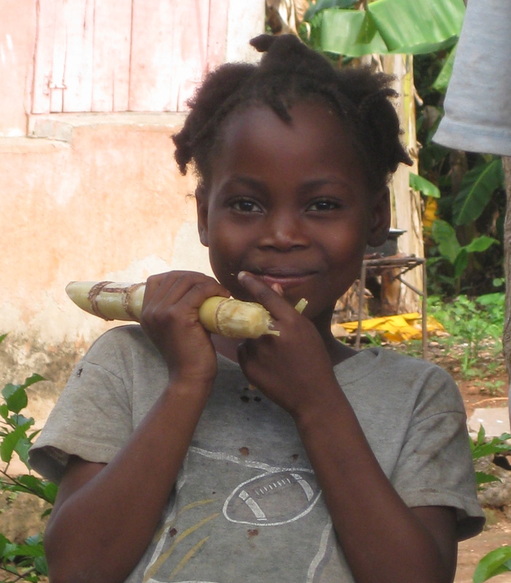
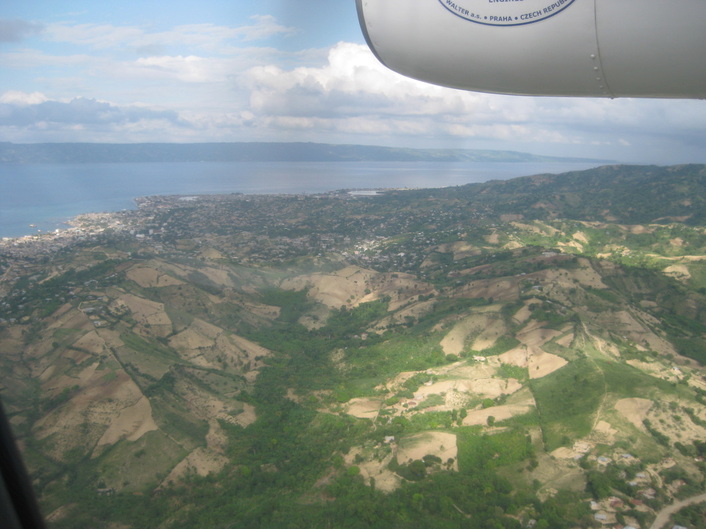
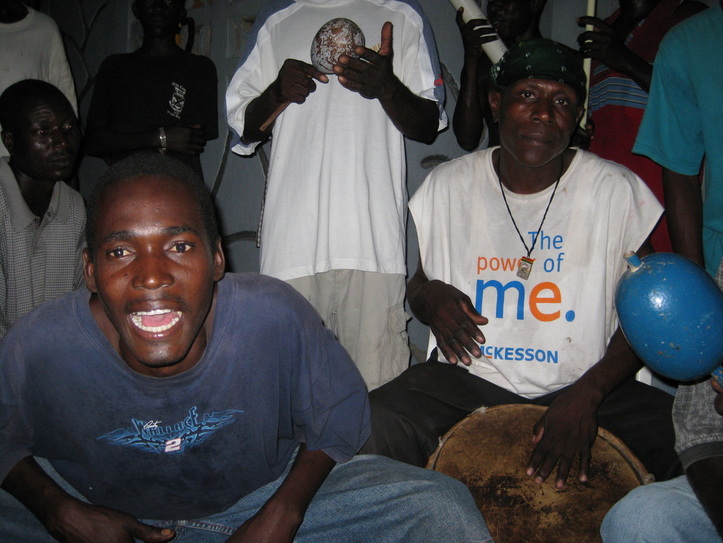
 RSS Feed
RSS Feed